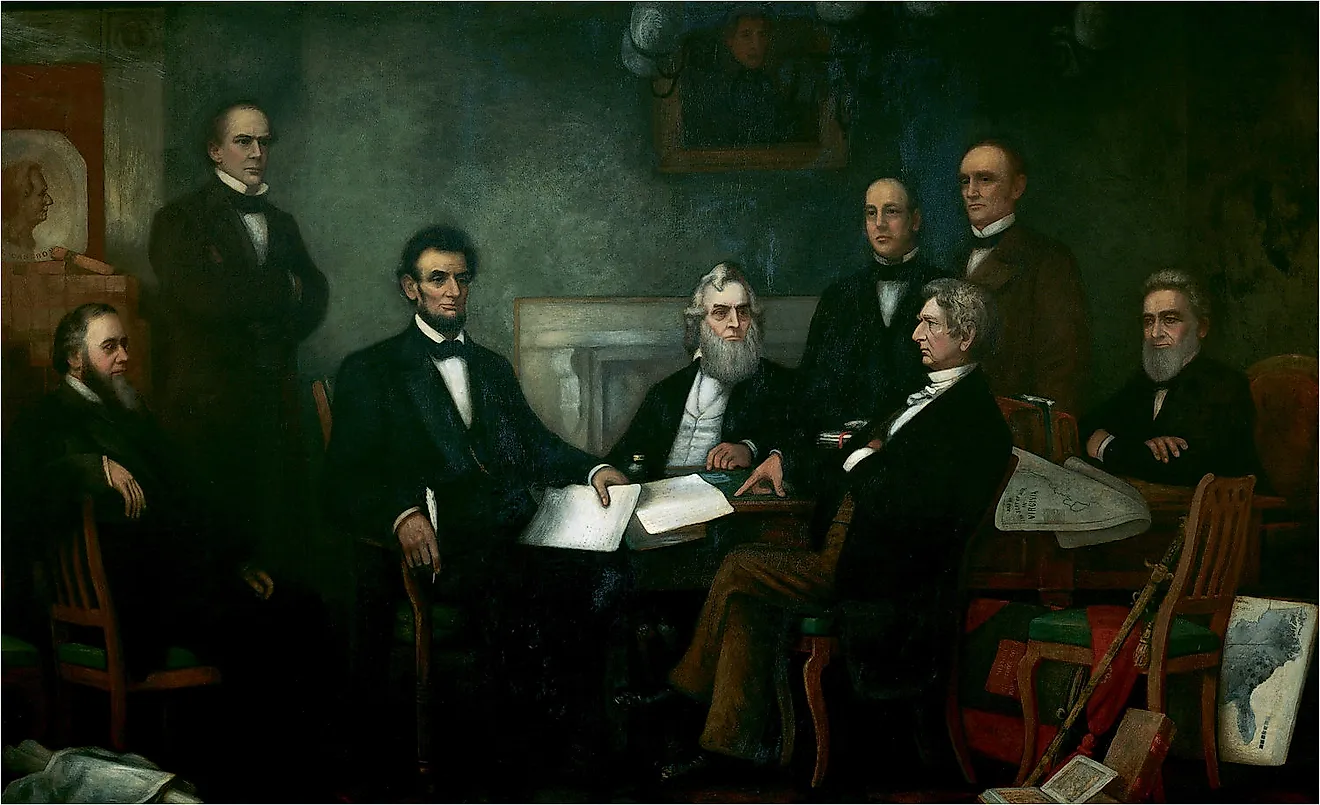Slave Population Of The Early United States

The Slave Trade
The slave trade in America was a flourishing enterprise in the 18th and 19th centuries. The trade originated in Africa. Where there were tribal rivalries and competitions, the slave trade was also a real threat. The Arab traders who first settled in the coastal towns of Africa made the first slave exports possible. The slave trade among the Arabs began as far back as AD 650 that supplied slaves to wealthy Arab families in the Middle East. Some Europeans were also enslaved by Arab traders. The American and European slave traders were new compared to the old Arab slave traders who already had established trade routes.
In 1776, during the Declaration of US Independence from British rule, chattel slavery was already a legal institution in the 13 colonies. This system was recognized as a racial status connected to the African line of descent. But in 1789, after the US Constitution was ratified, free people of color were allowed to vote. The Abolitionist movement gained momentum after the American Revolution, and Abolitionist laws were passed in the Northern states. But most of the Southern states had instead increased their manual slave labor as their cotton industry expanded. Thomas Jefferson as a US Congress delegate from Virginia wrote an ordinance banning slavery in the 13 states which became the law in 1808 among the Northern states.
Cotton Plantations In The South
The aftermath of the American Revolution and the beginning of the American Civil War was a time of rapid cotton plantation expansions to the Deep South from the Upper South. This industry encouraged domestic slave trading that brought more than a million slaves to the Deep South. The slave population in the US grew almost 6-fold between the end of the Revolution and the start of the Civil War. As a result, slave number in the south hit the four million mark. This development caused tension in the US Congress that the Southern states threatened secession from the Union.
The Rise In Slavery
Historical records show that in the year 1790, there were about 697,681 slaves in the thirteen colonies. By 1800, it increased to 893,602 in number. Ten years later, in 1810, the number passed the millionth mark to 1,191,362 slaves. Then a decade later in 1820, it increased to 1,538,022. Another decade and the number of slaves increased by a quarter in the year 1830 to 2,009,043 slaves. The year 1840 saw a further increase to 2,487,355 slaves and by 1850, slaves in the thirteen colonies had risen to 3,204,313. The year 1860 witnessed the number soar to 3,953,760 slaves, a majority of these slaves were sent to the Deep South, working on the cotton plantations. Every decade or so, about 500 thousand increase of the number of slaves was seen as a result of the Southern states demand for slave labor.
The Abolishment Of The Slave Trade
WhenAbraham Lincoln came to power, six Southern states seceded to form the Confederacy. This event started the Civil War between the North and the South. The Northern states eventually freed about 75% of their slaves in their territory with the legislation of gradual abolition that first freed children of slave mothers. This action was followed by the total abolishment of slavery which was completed by 1840. Although, the shadow was still there in the form of racial segregation and discrimination. The industrialization of the northern states had made slavery obsolete while the South remained agricultural that maintained slave labor until slavery was totally abolished in the United States of America on December 18, 1865, as formally adopted in the US Constitution.
Slave Population Of The Early United States
| Year | Slaves in the U.S. |
| 1790 | 697,681 |
| 1800 | 893,602 |
| 1810 | 1,191,362 |
| 1820 | 1,538,022 |
| 1830 | 2,009,043 |
| 1840 | 2,487,355 |
| 1850 | 3,204,313 |
| 1860 | 3,953,760 |











